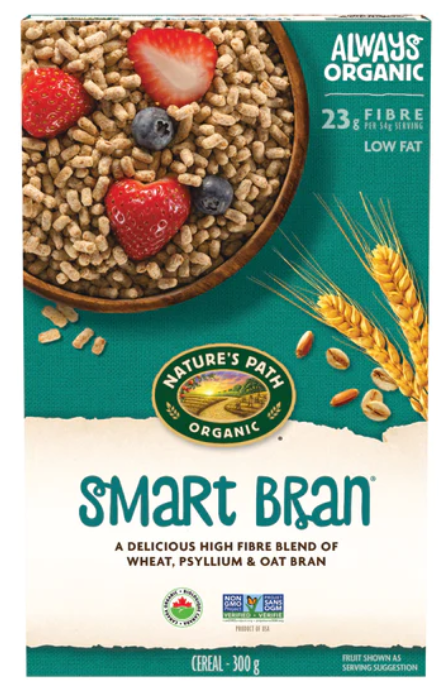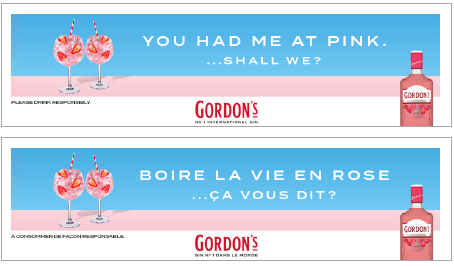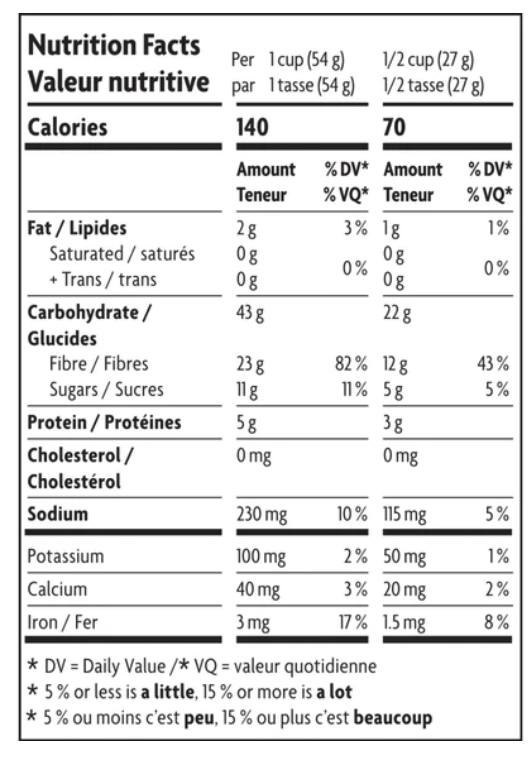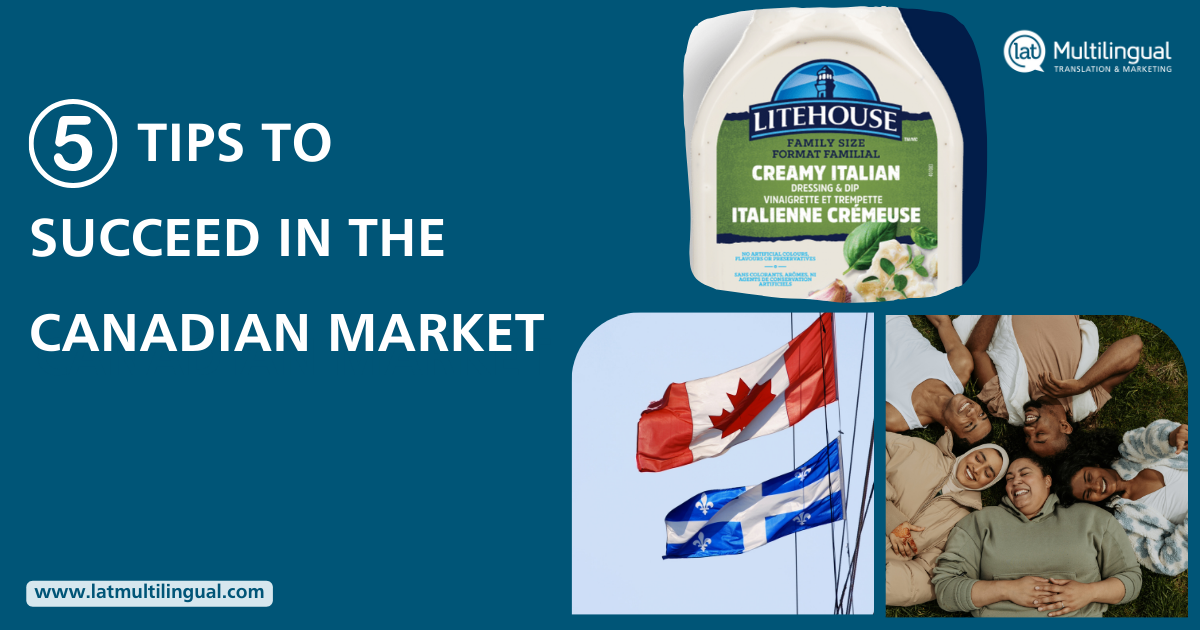Doing Business in Canada: 5 Marketing Tips
Quintessential marketing tips for businesses selling on the Canadian market.
Selling products on the Canadian market? Here are five key elements to keep in mind about your Canadian audience:
- Diversity
- Canadian language regulations
- Quebec’s Office of the French Language (OLF)
- Metric versus imperial systems
- Tone, style, voice, and spelling.
Marketing to a Diverse Audience in Canada
Canada is often considered a cultural mosaic. According to the 2021 Census of Population, from 2001 to 2021, the percentage of racialized Canadians grew 130%, and the percentage of Muslim, Hindu, and Sikh Canadians has more than doubled. One in five Canadians is foreign-born, and seven in ten Black, Indigenous, and People of Colour (BIPOC) Canadians are foreign-born.
With Canada’s growing diverse population, businesses must account for ethnocultural, religious, and language differences to ensure their products are accessible and inclusive. As revealed in a 2017 study by MediaCom, only 25% of BIPOC Canadians felt represented by brands in marketing, and one-third felt represented only through tokenism and stereotypes.
Marketing diversity in practice includes launching campaigns around different ethnocultural and religious holidays, hiring diverse models, and reaching specific demographics in their native languages and on their preferred media platforms. For food products, you can make your packaging more enticing to certain cultural groups by clearly indicating if your product meets dietary restrictions like being vegetarian, Halal, or Kosher.
Meeting Language Regulations
The Consumer Packaging and Labelling Act delineates language regulations for labelling products in Canada. This act mandates that a product’s identity–either its common name, generic name, or its function– and its net quantity be bilingual in English and French. Product text must be at least 1.6mm tall, and cosmetic and food products are scrutinized under additional criteria. For more information on language regulations for labelling food products, read our Guide for Businesses Navigating Food Label Laws in Canada.


Marketing Adaptation for Quebec
Businesses must be aware that any marketing in Canada for English-speaking provinces must be adapted to meet language requirements in Quebec. The Charter of the French Language dictates that Quebec advertisements must be in French, but can have a secondary language in an equal or smaller size.
The newly-introduced Bill 96, or An Act respecting French, the official and common language of Quebec, imposes further language requirements for doing business in the province. Notably, commercial businesses that operate in Quebec must have a French version of their website and social media posts. Businesses that do not comply with the French language regulations may be subject to fines.

Metric Versus Imperial Systems in Canada
The metric system, composed of units like kilograms (kg), litres (l), kilometres (km), and metres (m), has been considered the official measurement system in Canada since the 1970s. This system contrasts that of the imperial system, used predominantly in the United States, and its units of pounds (lb), ounces (oz), miles (m/mi), and feet (ft).
A product’s net quantity must be displayed in the metric system, either in millilitres and litres or in grams and kilograms. As net quantity must be listed bilingually, note that the abbreviations in the International System of Units (SI) are considered bilingual. These abbreviations are g for grams, kg for kilograms, ml, mL or mℓ for millilitres, and l, L, or ℓ for litres. However, if your product uses the full word for these units (grams, litres, etc.), they must be translated into both English and French.

Check Your Tone, Style, Voice, and Spelling
Businesses should be attentive to their tone, style, voice, and spelling. Companies can benefit from keeping their marketing inviting for all demographics. Adapting content to better appeal to each target audience will go a long way in capturing the hearts and minds of your customers. Keep in mind that Canadian spelling also typically adheres to the British spelling of words.
Adapting your marketing and business operations for Canada is not only mandatory in terms of bilingual regulations, but it will also help you be more successful in reaching Canadian consumers. The team at LAT Multilingual is always ready to assist with your language and cultural adaptation needs! See below for more answers to some frequently asked questions about doing business in Canada.
FAQ
Q: What are the requirements to sell my products in Canada?
A: Canada is a bilingual country where both English and French are official languages. Selling products in Canada requires your labels, packaging, instruction manuals, and other text to be available in both languages.
Q: Is French a requirement in Canada?
A: Yes, French is a requirement in Canada for businesses. French translations must accompany any product labelling text in English-speaking provinces and territories. Businesses operating in Quebec must also have French versions of their websites and must also have their social media content and customer service available in French.
In Quebec, French must be the predominant language in marketing and product labelling. Make sure French is at least of the same font size as your English text to avoid customer complaints and costly fines.
Q: What are the Canadian labelling requirements?
A: Labels must have the following three details: the product’s identity, net quantity, and the name and location of the manufacturer’s main business. These first two details must be listed in English and French. To ensure your products can be sold in all Canadian provinces, including Quebec, we recommend providing all your product materials (instructions, descriptions, etc.) in both English and French.













